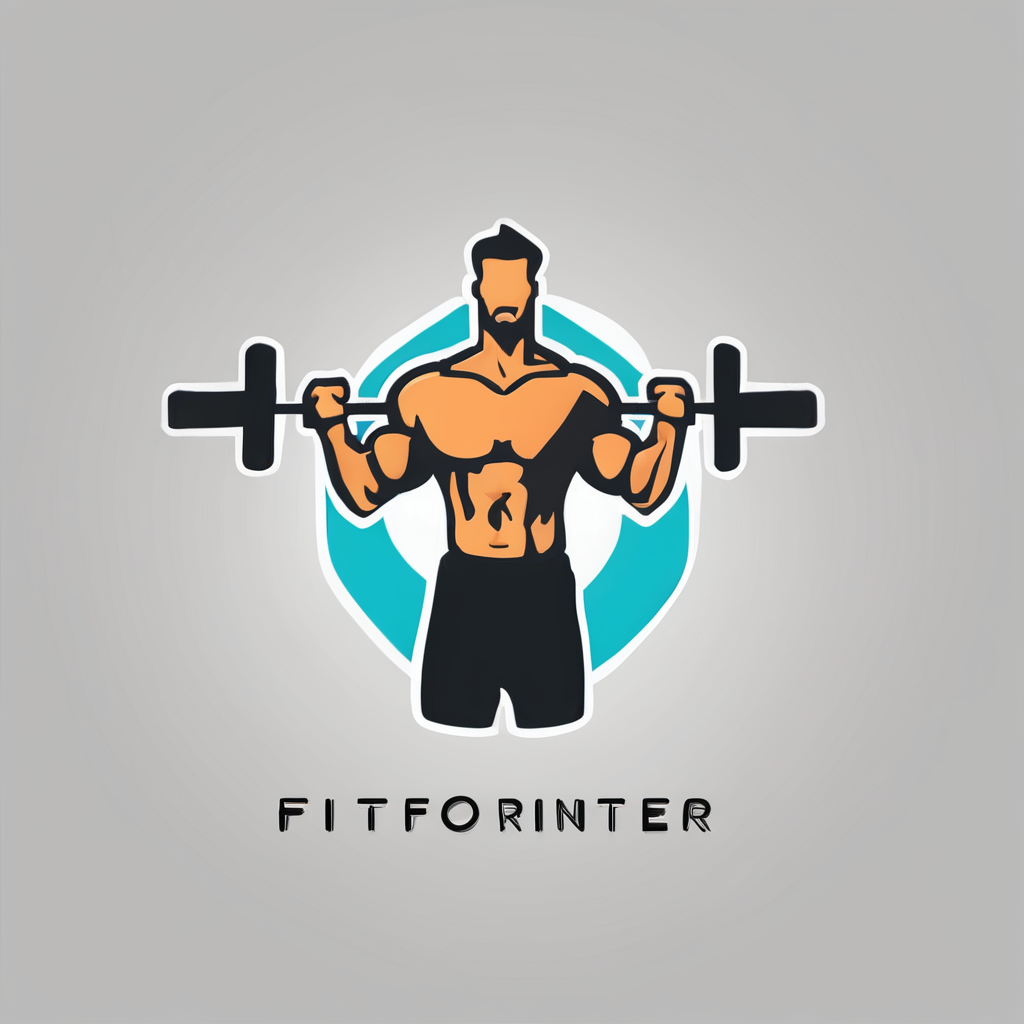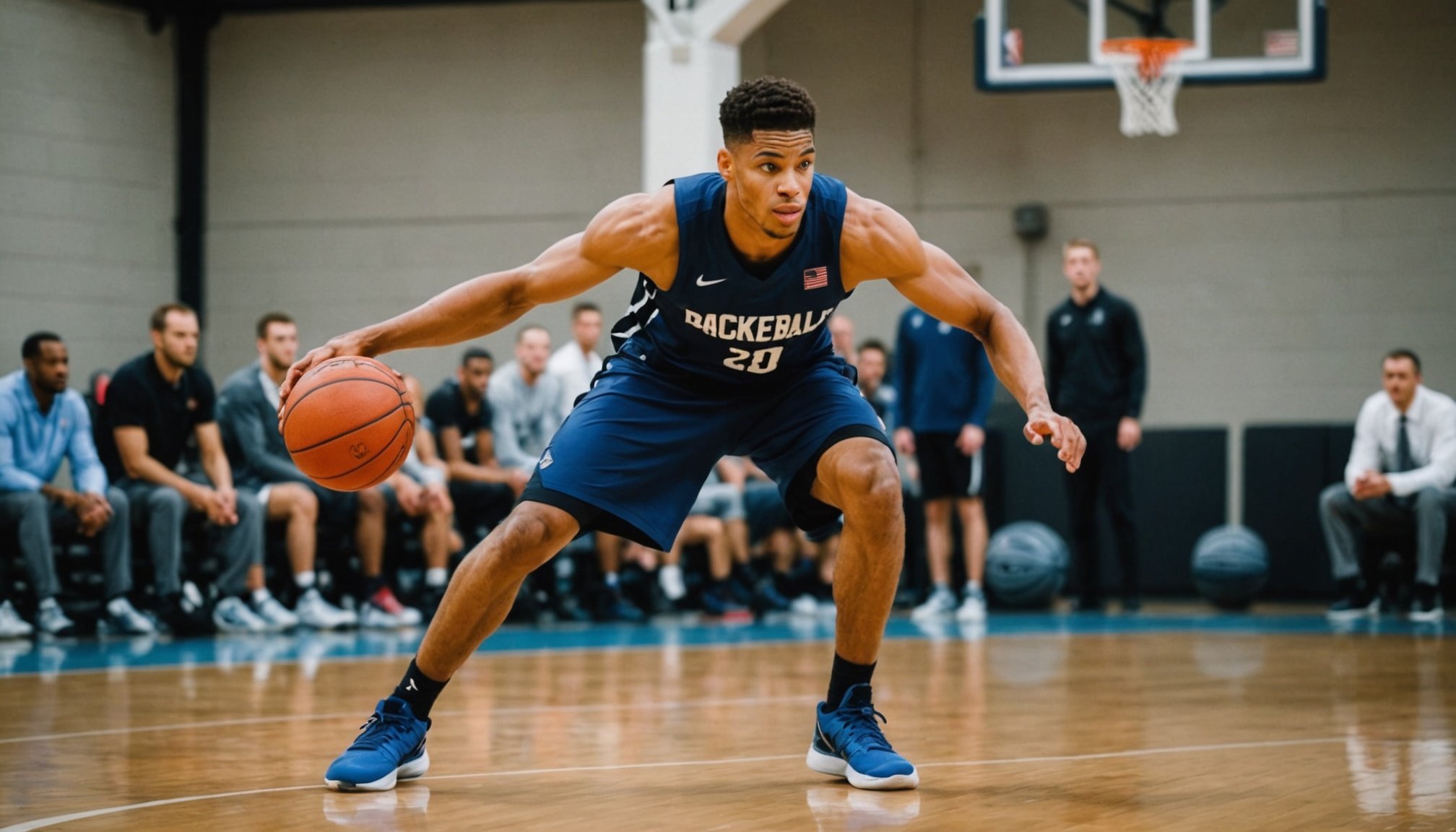In the world of basketball, performance is often the defining factor in a player’s success. As the season progresses, players find themselves navigating a demanding schedule filled with intense training sessions and competitive games. However, one critical aspect that often gets overshadowed is the importance of recovery. Understanding how to effectively balance training and recovery can dramatically enhance performance on the court. This article delves into strategies that athletes can implement to find that crucial balance, leading to improved strength, mobility, and overall game performance.
The Importance of Training in Basketball
Training is the backbone of any basketball player’s routine. It encompasses various aspects, including strength building, skill development, and conditioning. By focusing on these areas, players can enhance their performance and reduce the risk of injuries. Effective training regimens incorporate exercises that target specific muscle groups crucial for the game, especially the leg muscles, which are used extensively for jumping, sprinting, and changing direction.
Additional reading : What are the best exercises to increase vertical jump for basketball players?
One of the most effective ways to improve performance is through structured strength training. Incorporating compound movements like squats and deadlifts not only builds overall strength but also aids in developing core stability and balance. These exercises are essential for maintaining a strong foundation on the court, enabling players to perform at their peak.
Another important component of training is mobility work. Basketball players need to maintain a full range of motion in their joints to execute complex movements during a game. Incorporating mobility drills into your training routine can help prevent injuries and ensure that your body moves efficiently.
Also to read : How do different basketball leagues around the world compare in terms of player development?
Finally, skill development is crucial in basketball. This includes shooting drills, dribbling exercises, and defensive maneuvers. Regular practice of these skills not only improves individual performance but also enhances teamwork and communication on the court. By diligently focusing on comprehensive training strategies, players set themselves up for success during the season.
Understanding Recovery: Why It Matters
While training is essential, recovery plays an equally vital role in an athlete’s routine. Recovery is not merely a period of rest; it encompasses various practices and strategies that allow the body to heal and adapt from the stress of training and competition. Understanding the importance of recovery can empower athletes to maximize their performance and longevity in the sport.
Physiologically, intense training results in micro-tears in muscle fibers and depletion of energy stores. Without adequate recovery, these physiological processes can lead to fatigue, decreased performance, and even injuries. Therefore, allowing time for muscles to repair is paramount. Incorporating activities such as stretching, foam rolling, and light aerobic exercises can promote blood flow and assist in quicker recovery.
Nutrition also plays a critical role in recovery. Consuming a balanced diet rich in protein, carbohydrates, and healthy fats facilitates muscle repair and replenishes energy stores. Post-game meals or snacks that include a good ratio of protein to carbohydrates can significantly enhance recovery time, enabling players to bounce back faster for their next training session or game.
Moreover, mental recovery is just as crucial. The mental fatigue that comes from intense competition can affect focus and motivation. Engaging in mindfulness practices, such as meditation or yoga, can help players clear their minds and recharge mentally. Prioritizing both physical and mental recovery can lead to marked improvements in an athlete’s overall performance.
Creating a Balanced Schedule
To optimize both training and recovery, players must develop a balanced schedule that accommodates the demands of the season. Striking the right balance can be the key to maintaining high performance levels while minimizing the risk of injuries.
Start by assessing your weekly commitments. Map out training sessions, games, and necessary recovery periods. A common mistake is to neglect recovery days; however, these are just as important as training days. Consider implementing a cycle of training intensity—alternate between high-intensity workouts and lower-intensity sessions or rest days. For instance, if you have a high-intensity game on a Saturday, plan for a lighter training session or a full recovery day afterward.
Incorporating active recovery techniques is also beneficial. Activities such as swimming, cycling, or yoga can offer physical benefits without the strain of a full workout. This approach allows for muscle engagement and mobility work while still facilitating recovery.
Finally, pay attention to your body’s signals. Fatigue and soreness are indicators that your body may need more rest or a change in the training approach. Listening to these signals is essential in preventing overtraining, which can lead to injuries and decreased performance over time. By establishing a balanced schedule that prioritizes both training and recovery, players can ensure they are always at their best on the court.
Incorporating Recovery Techniques
To enhance recovery effectively, players can incorporate a variety of techniques into their routine. These methods can aid in reducing muscle soreness, preventing injuries, and improving overall performance.
One of the simplest yet most effective recovery techniques is proper hydration. Dehydration can impair performance and prolong recovery times. Players should prioritize drinking water throughout the day, especially before and after training sessions or games. Electrolyte drinks can also be beneficial post-exercise to replenish lost minerals.
Stretching and mobility exercises are crucial for maintaining flexibility and range of motion. Incorporating dynamic stretches during warm-ups and static stretches post-exercise can significantly enhance recovery. Techniques such as yoga and Pilates not only improve mobility but also promote relaxation, which contributes to both physical and mental recovery.
Additionally, consider utilizing professional recovery treatments such as massage therapy or physiotherapy. These methods can effectively relieve muscle tension, improve blood flow, and expedite recovery. Furthermore, the use of technologies like cryotherapy or compression therapy has gained popularity in recent years for their potential benefits in reducing inflammation and speeding up recovery.
Lastly, ensuring adequate sleep is critical for recovery. Sleep is the body’s natural recovery process, allowing for muscle repair and mental rejuvenation. Aim for 7-9 hours of quality sleep per night to support your training and overall health. By incorporating these recovery techniques, players can enhance their performance and stay injury-free throughout the season.
Balancing training and recovery is essential for basketball players aiming to optimize their performance. By recognizing the importance of both elements, players can create a strategic approach that maximizes their strength, mobility, and overall game effectiveness. Emphasizing structured training, understanding the role of recovery, and implementing a balanced schedule are vital steps in this journey. Additionally, incorporating recovery techniques like hydration, stretching, and professional treatments can further enhance performance on the court. Ultimately, finding the right balance will not only benefit athletes during the season but also contribute to their long-term success in the sport.











